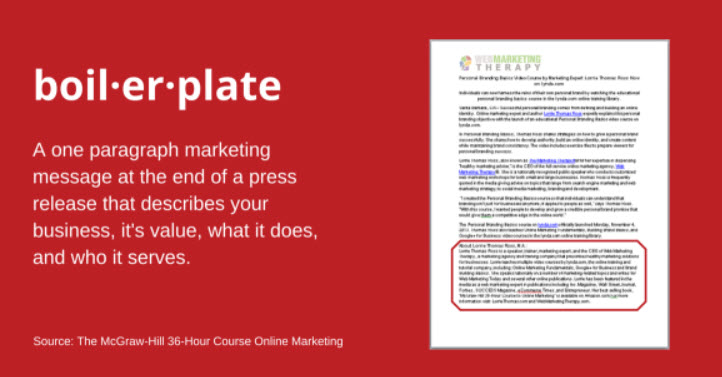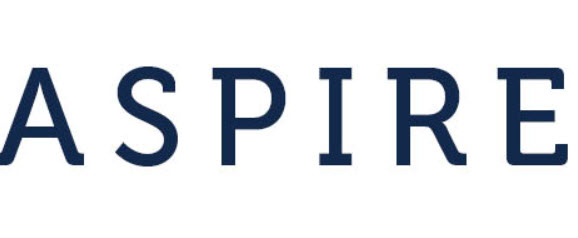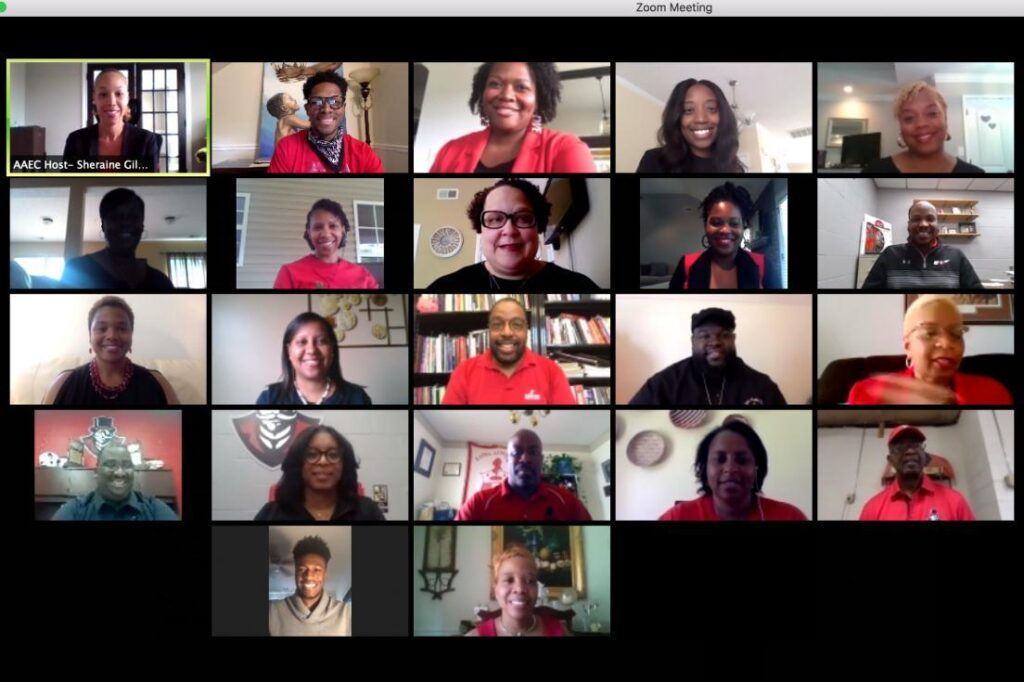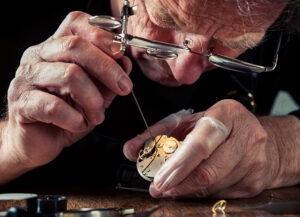Searching for Dlugacz.
Yosef D. Dlugacz, PhD, Senior Vice President and Chief of Clinical Quality, Education and Research at the North Shore-LIJ Health System was the person I met when working on the North Shore brand brief who had the greatest influence on the strategy.
My first discussion with Yosef was on the phone and didn’t go very well. He offered up a lot of quality-speak. It was hard work getting to interesting truths about Yosef’s work. What he did for a living. His day. Outputs. Influence. But once I got it, once I was able to wend myself around the quality jargon and statistical answers, a very instructive insight emerged. When writing a brand brief you are telling (yourself and others) a serial story. If it doesn’t hang together it’s not done. There are gravity points in the brief that are important and create pathways for the strategy. Sometimes the gravity points come from consumers, other times from the product or service. They can really come from anywhere in the information gathering experience. Gravity points help with the “boil down” – the decisions about what to not focus on.
What separates great from the good planners are the boil down and the gravity points. With these in hand the story almost tells itself — finishing off with a big ending (claim) and moral (support planks). The moral, BTW, is always influenced by selling more, to more, for more, more times.
Searching for Dlugacz (pronounced Dlu-Gotch) is how to start. Peace.








